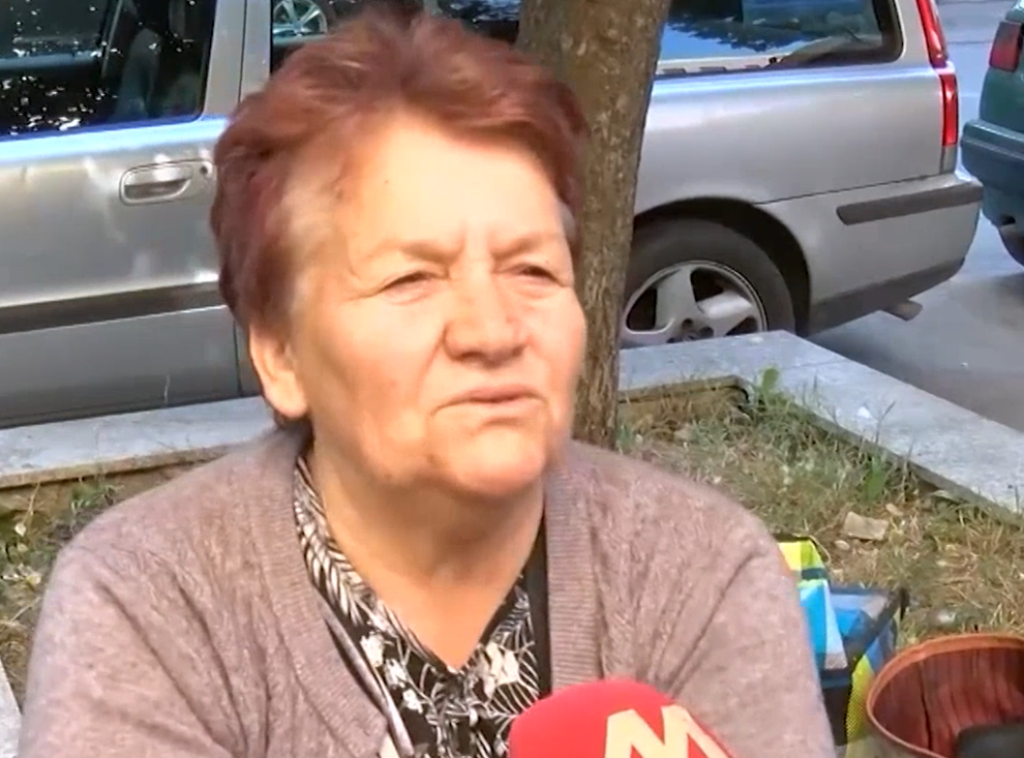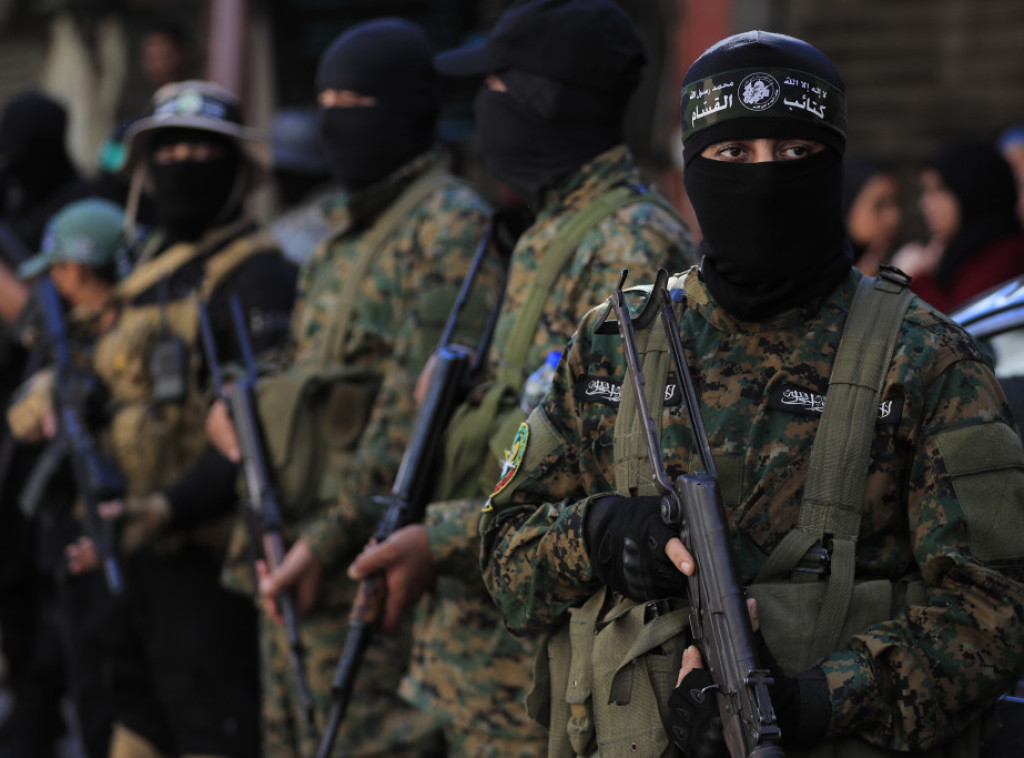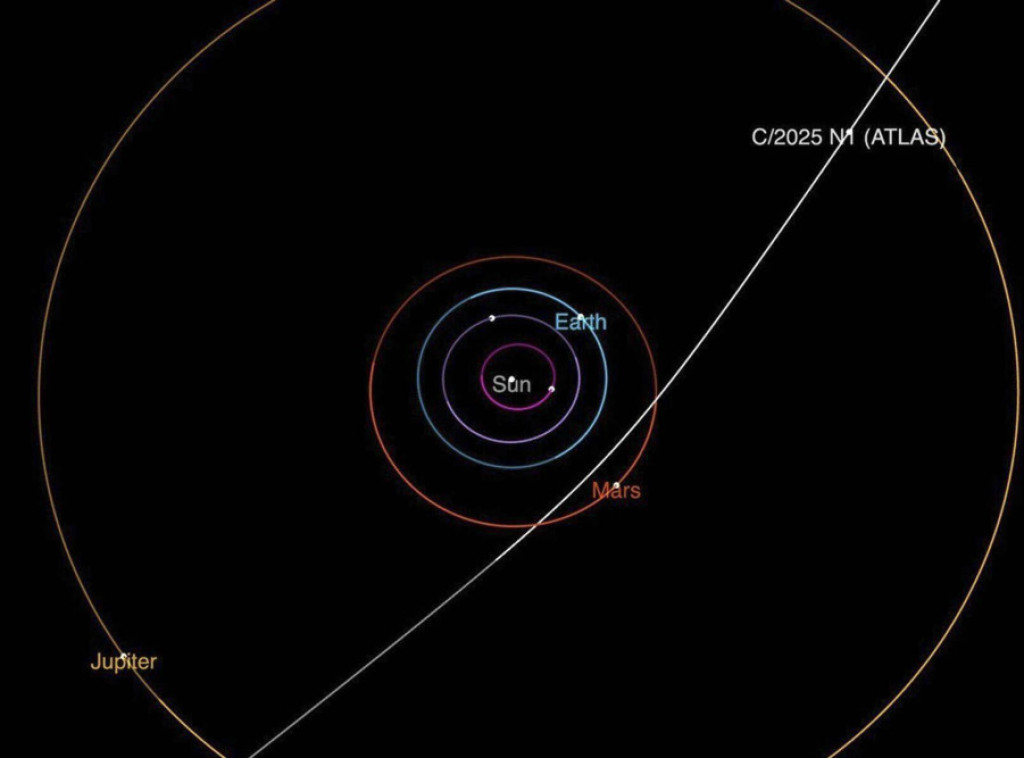Exclusive: The 60-Day Israel-Hamas Ceasefire Proposal – Is This the End of the Conflict or Just Another Pause?
The world stands on the brink of what might be the most significant agreement in recent months – a proposal for a 60-day ceasefire between Israel and Hamas that could bring relief to one of the longest-running conflicts in the Middle East. But is this really the beginning of the end, or just another pause in the endless cycle of violence?
What Does the Proposal Entail?
According to Reuters sources, the plan, supported by the United States and brokered by American, Qatari, and Egyptian mediators, envisions a gradual release of hostages and withdrawal of Israeli troops from parts of Gaza. The release of hostages will be phased: on the first day, 10 hostages will be freed along with the bodies of 18 victims, followed by exchanges at intervals of ten, seven, thirty, and fifty days.
Hamas will also provide information on remaining detainees, including medical reports, while Israel will provide full information on Palestinian prisoners detained since October 7. Additionally, aid will immediately flow into Gaza in sufficient quantities, with the involvement of the UN and the International Committee of the Red Cross.
Troop Withdrawal and Talks on a Permanent Ceasefire
The Israeli military will withdraw parts of its forces from northern and southern Gaza in phases, according to agreed maps. Technical teams will work on drawing borders during rapid negotiations following the agreement on the ceasefire framework.
On the first day of the ceasefire, talks will begin on a permanent ceasefire, including the exchange of remaining prisoners, long-term security arrangements, and the final end of the conflict. If the agreement is reached, all remaining Palestinian prisoners detained in Gaza since October 7 will be released.
Who’s Behind This Plan?
The proposal guarantees the commitment of U.S. President Donald Trump, who promised that if negotiations succeed, this 60-day ceasefire would lead to a permanent end to the conflict. Mediators have also pledged to ensure serious talks during the pause, and the ceasefire period may be extended if needed.
Is This Really the End of the Conflict?
While it sounds like a light at the end of the tunnel, skeptics warn this is just another pause in a long chain of conflicts lasting decades. Many questions remain: will both sides truly honor the agreement? Will the release of hostages and troop withdrawals proceed without incidents? How will long-term security arrangements be resolved?
On the other hand, the international community and millions worldwide hope this proposal will bring peace and save lives.
Conclusion
The 60-day ceasefire proposal between Israel and Hamas might be the closest we’ve come to a truce in this bloody conflict. With a clear plan for hostage release, troop withdrawal, and the start of talks on a permanent ceasefire, there is hope the war will finally calm down.
But, as always, the question remains: will both sides have the strength and will to uphold this agreement? Or will we soon see headlines about new clashes and casualties?
In any case, it’s time for all involved to show responsibility and for the world to be not just a spectator but an active participant in making peace.
So, what do you think? Is this proposal the dawn of peace or just another illusion? Drop a comment, share your thoughts, and let’s hash out what the coming days might bring!




































































